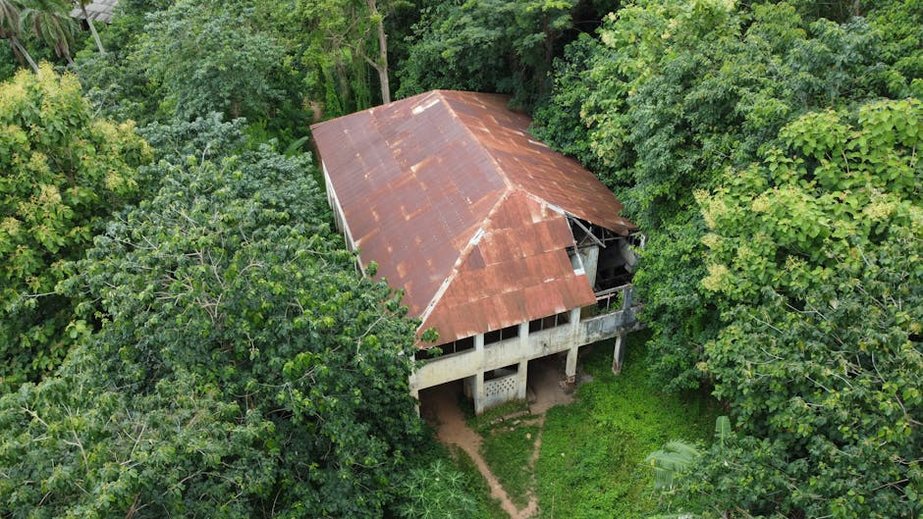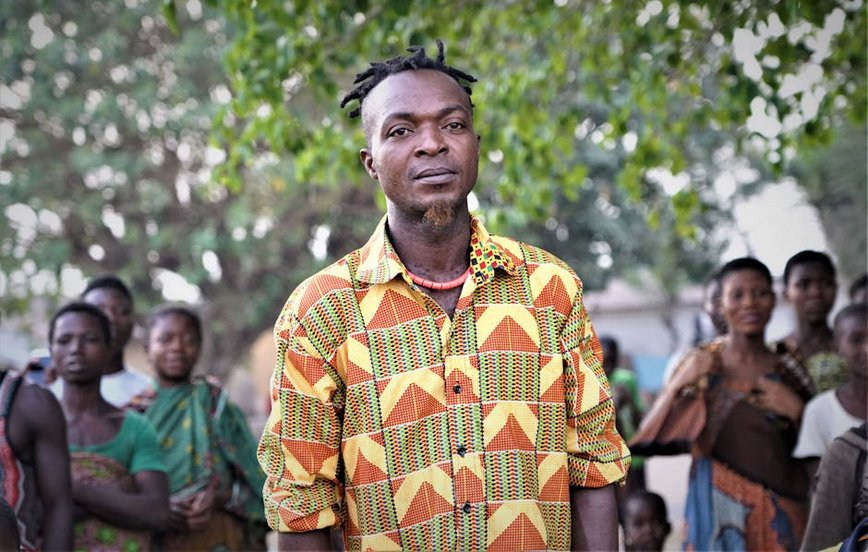Togo Koutammakou Fortified Villages: Explore Ancient Batammariba Architecture
The Togo Koutammakou Fortified Villages represent a UNESCO World Heritage site showcasing unique Batammariba mud tower houses called Takienta. These structures blend architectural innovation with cultural traditions dating back centuries in northern Togo’s Kara Region. This guide covers planning tips, cultural insights, and practical advice for experiencing this remarkable destination.
Essential Koutammakou Information
Koutammakou spans approximately 50,000 hectares near Togo’s border with Benin. The Batammariba people constructed these fortified dwellings using local materials like earth, wood, and straw. Their design reflects spiritual beliefs and practical needs for protection and storage.
UNESCO designated the area in 2004 for its outstanding cultural landscape. The site preserves living traditions where communities maintain ancestral building techniques. Visitors witness ongoing cultural practices alongside historical architecture.
Historical Significance and Origins
Takienta houses emerged around the 17th century as Batammariba clans settled the region. These structures served defensive purposes during regional conflicts. They also functioned as family homes, granaries, and spiritual spaces.
- Traditional construction methods pass through generations without written manuals. Artisans use hand-mixed mud reinforced with organic materials for durability. Buildings typically stand two stories with distinctive conical thatched roofs.
- Cultural ceremonies connect directly to architectural features. Each house contains sacred spaces for ancestor veneration and ritual objects. Families paint symbolic patterns using natural pigments during seasonal festivals.
- Preservation efforts balance tourism with cultural integrity. Local guides from Batammariba communities provide authentic interpretations. Visitors contribute to sustainable tourism through regulated entrance fees.
- Budget travelers spend $40-60 daily using shared taxis, homestays, and local meals. This covers basic guided tours and entrance fees. Save by traveling in small groups and avoiding premium services.
- Mid-range options cost $80-120 daily including private guides, comfortable lodges, and better meals. This range provides reliable transportation and enhanced cultural access. Value comes from balanced comfort and authenticity.
- Luxury experiences reach $150-200 daily featuring exclusive tours, upgraded accommodations, and specialized guides. Premium services include cultural demonstrations and photography workshops. These options maximize comfort and access.
- UNESCO World Heritage Centre
- Lonely Planet Togo Guide
UNESCO World Heritage Status
Koutammakou earned recognition under cultural landscape criteria for demonstrating human interaction with environment. The site maintains integrity through continued habitation and traditional management. Protection measures prevent modern materials from altering authentic structures.
Management committees include village elders and cultural custodians. They enforce building codes requiring traditional techniques for repairs and new constructions. Annual monitoring ensures compliance with UNESCO standards.
Batammariba Cultural Practices
Community life revolves around agricultural cycles and spiritual ceremonies. The Koutammakou landscape incorporates sacred forests, ritual spaces, and ancestral graves. These elements form an interconnected cultural system.
Traditional governance operates through council of elders. Decisions respect customary laws regarding land use and resource management. Visitors should understand these systems before engaging with communities.

Alt: “koutammakou-mud-tower-houses-batammariba-architecture-unesco”
Togo Koutammakou Fortified Villages – Planning Your Trip
Your Togo Koutammakou Fortified Villages visit requires careful timing between November and February for optimal conditions. Dry season offers comfortable temperatures around 75-85°F (24-29°C) with minimal rainfall. This period aligns with cultural festivals and better road access.
Budget approximately $800-$1,200 for a week-long trip excluding international flights. Costs cover guided tours, basic accommodations, and local transportation. Western visitors need valid passports but no visa for stays under 15 days.
Respectful engagement involves learning basic French phrases and Batammariba greetings. Pack lightweight clothing, sturdy walking shoes, and photographic equipment. Always request permission before photographing people or sacred spaces.
Best Time to Visit Koutammakou
Peak season runs December through February with daytime temperatures 80-90°F (27-32°C). These months provide clear skies for photography and full access to villages. Book accommodations three months ahead during this popular period.
Shoulder months March and October offer milder weather 75-85°F (24-29°C) with occasional showers. You’ll encounter fewer tourists and more flexible scheduling. Some cultural activities might have limited availability during rainy periods.
Budget Planning and Costs
Consider these budget tiers for your Koutammakou experience:
Essential Preparation Checklist
Pack quick-dry clothing, sun protection, and reusable water bottles. Include basic medical supplies and antihistamines for seasonal allergies. Photography gear should include extra batteries and memory cards.
Secure comprehensive travel insurance covering medical evacuation from remote areas. Learn key French phrases like “bonjour” and “merci”. Download offline maps and translation apps before arrival.
Top Attractions and Activities
Koutammakou’s core area contains over 15 accessible villages with distinct architectural features. Nadoba and Koutougou villages showcase the most impressive Takienta complexes. Guided tours explain symbolic elements and daily life practices.
Cultural immersion opportunities include participating in millet harvesting or pottery workshops. These activities support local economies while providing authentic experiences. Always coordinate through registered community guides.
Must-See Highlights
Nadoba Village features the iconic two-story Takienta with intricate facade paintings. Visit during morning hours for optimal lighting conditions. Entrance fees average $5-10 including guide services.
Koutougou’s sacred forest demonstrates the spiritual connection between architecture and nature. Guided walks reveal ritual spaces and medicinal plants. Photography restrictions apply in certain areas.
The Cultural Museum in Nadoba displays traditional tools and ceremonial objects. Exhibits explain construction techniques and symbolic patterns. Allow one hour for thorough exploration.
Hidden Gems and Local Favorites
Lesser-known villages like Tchecoua offer intimate experiences without crowds. Access requires 4×4 vehicles during dry season only. Local families might invite visitors for traditional meals with advance notice.
Seasonal festivals like Gadao celebrate harvests with dancing and storytelling. These events occur between January and March depending on agricultural cycles. Check with tourism offices for exact dates.
Photography and Cultural Documentation
Golden hour photography captures stunning light on earth-toned structures. Use wide-angle lenses for architectural shots and telephoto for cultural details. Always negotiate photography fees with subjects beforehand.
Respect cultural protocols by avoiding photographs of sacred objects or private ceremonies. Some villages charge additional photography permits costing $10-20. Guides help navigate these requirements.
Practical Travel Information
Most international travelers fly into Lomé-Tokoin Airport (LFW) then transfer north. Domestic flights to Niamtougou Airport (LRL) save time but cost more. Road journeys from Lomé take 6-8 hours depending on conditions.
Accommodation ranges from basic homestays to comfortable eco-lodges. Book through local tourism agencies for guaranteed availability. Prices vary significantly between tourist seasons.
| Accommodation Type | Features and Amenities | Price Range (USD) |
|---|---|---|
| Community Homestay | Basic rooms, shared facilities, authentic meals | $15-30/night |
| Eco-Lodge | Private bathrooms, restaurant, guided tours | $50-80/night |
| Guesthouse | Air conditioning, wifi, airport transfers | $40-60/night |
| Camping | Designated areas, basic facilities, security | $10-15/night |


